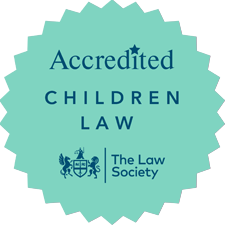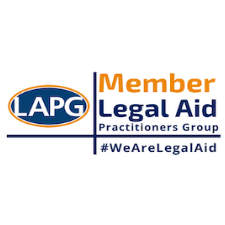The Children Act 1989 was granted Royal Assent on 16th November 1989 and came into force on 14th October 1991. It made radical changes to the law relating to children and their families both in relation to private and public law. The Act made children the centre of all decision making, giving them a voice and considering their wellbeing as paramount. This article focuses on the public law aspect, Local Authorities and the effect the Act has had on the children and their families.
Before the Children Act 1989 came into force, the many provisions available were regarded as extremely draconian as they did not provide for parents to participate in decisions made by Local Authority’s regarding their children. The legislation available was not child focused as it did not recognise the child as an individual or provide them with a voice in terms of decisions being made about their future. The Children Act enabled parents and children to fully participate in Court proceedings. Now, if the Local Authority are involved with children, they must give regard to the Act’s provisions and respond accordingly.
Care Proceedings before the Children Act 1989:
Prior to Section 31 of the Children Act 1989, one of provisions relied on by the Local Authority was at Section 28 of Children and Young Persons Act 1969, ‘Place of Safety’. It allowed the Local Authority to only consider on ‘past ill treatment’ and no consideration was given to possible further ‘ill treatment’ of the child. The provision also enabled Local Authorities to obtain authorisation to detain a child without considering the parents involvement for up to 28 days. The procedure was quick, simple and there was no requirement for Local Authorities to seek legal advice.
Parents were rarely given the opportunity to challenge a Local Authority’s application. unlike the Children Act 1989, Local Authorities were under no duty to promote contact between the child and their parents. This meant that many family relationships broke down further. Additionally, and more concerningly, the Act did not include an expressed provision that ‘parental responsibility’ had been transferred over to the Local Authority.
The need for change:
By the mid to late 1980’s numerous child abuse cases were being reported. Two cases that demonstrated that system was failing families were the case of Kimberly Carlisle and the Cleveland child abuse scandal. In the Carlisle case, the Local Authority concerned did not intervene enough and allowed the child to be exposed to a family member who posed a real risk to the child. In the Cleveland case, the Local Authority’s involvement was over-zealous and 121 children were removed from their parents’ and in some instances, this took place at night.
The government set out six principles for the new Act to encapsulate. The first was ‘Prevention’. The financial figures for 1986/87 highlighted that only £9.1m was spent on ‘preventative work with families’, compared to £434.1m on fostering and residential care in the same year. To rectify this issue, the Bill set out specific duties and powers in prevention which Local Authorities would have to follow. The second was to encourage Local Authorities and parents to work in ‘Partnership’, through voluntary arrangements and cooperation between both parties. The Proposals within the Bill would also impose a duty on the Local Authority to provide ‘accommodation’ for children in their area if the parents or carer was unable to do this safely. The reforms also pushed for to more to be done in relation to ‘looked after children’ in terms of ‘rehabilitating’ them back to their families. This included a duty on the Local Authority to promote contact between a child and their parents.
In terms of the Court process, this area underwent the most dramatic reforms. Local Authorities were no longer able to transfer ‘parental responsibility’ outside the Court. Consequently, the Courts would not be able to make orders without fully considering clear evidence of ‘harm’ and ‘risk’. Parents and children would be entitled to independent legal advice and full representation at Court. The final principle was in relation to emergency proceedings. It was proposed that any ‘emergency protection’ should only last for a short period and must be subject to Court’s review and parents would have the right to challenge any decision made. All the principles were implemented into the Children Act 1989 by November 1989.
Conclusion:
The Children Act 1989 is a comprehensive piece of children’s rights-based legislation. It has been amended and augmented over the last thirty years, but its progressive provisions provide both a framework for the development of children’s rights-based services and a yardstick of core child-centred principles against which local authority decision making in individual children’s cases may be measured and if necessary challenged.
Unfortunately, due to significant cuts in resources and public services it has meant that child protection is still an ongoing issue, but at least parents now are able to challenge the decisions made by the Local Authority’s through legal representation and access to public funding such as legal aid.
If you require legal representation contact our care team who can assess whether you are eligible for Legal Aid careteam@johnsonastills.com
https://www.johnsonastills.com/site/contact/solicitors-in-loughborough/
https://www.johnsonastills.com/site/contact/solicitors-in-leicester/
If you would like to listen more about the Children Act 1989 -click the link below and hear a lecture by – Professor Jo Delahunty QC from 4 Paper Building:
30 years of The Children Act 1989: Is it still fit for purpose?








